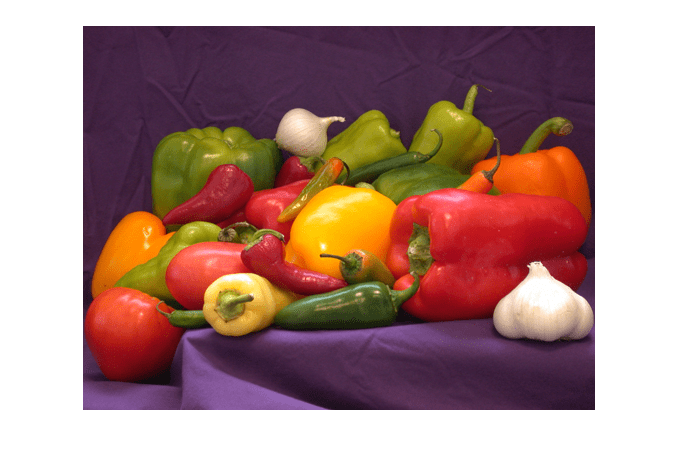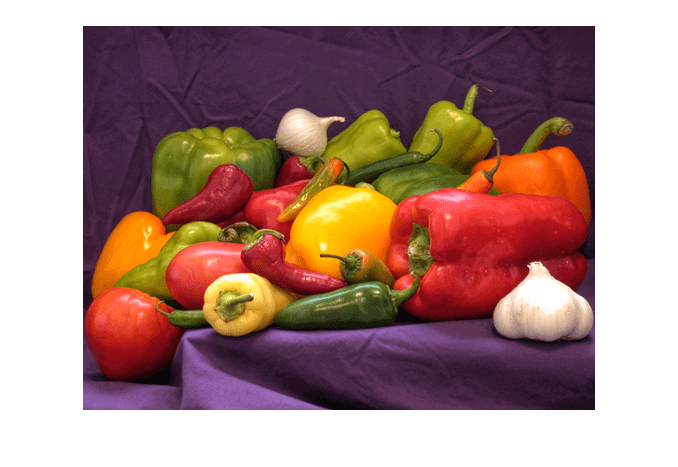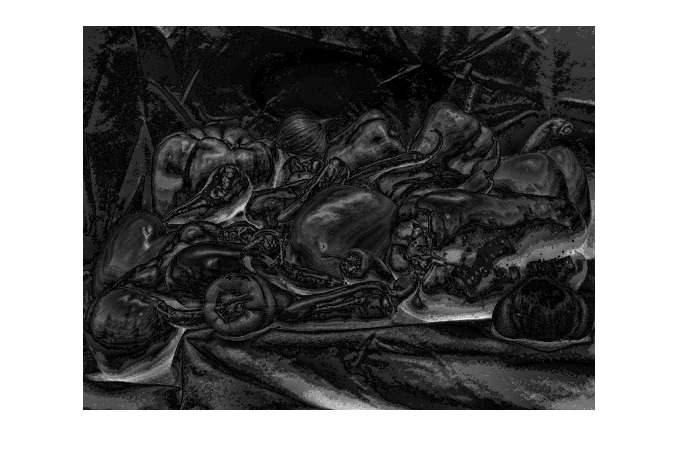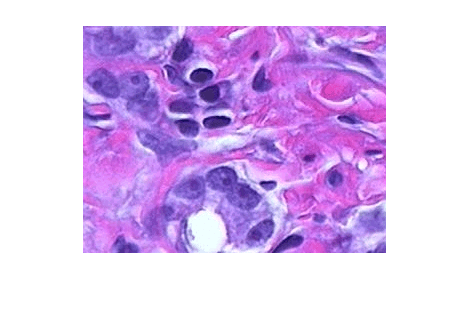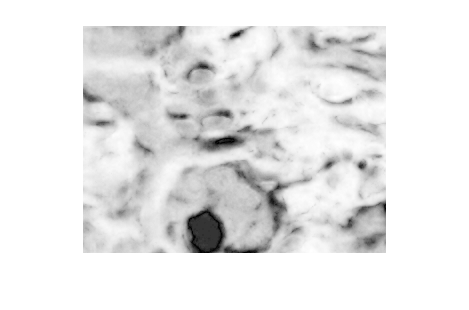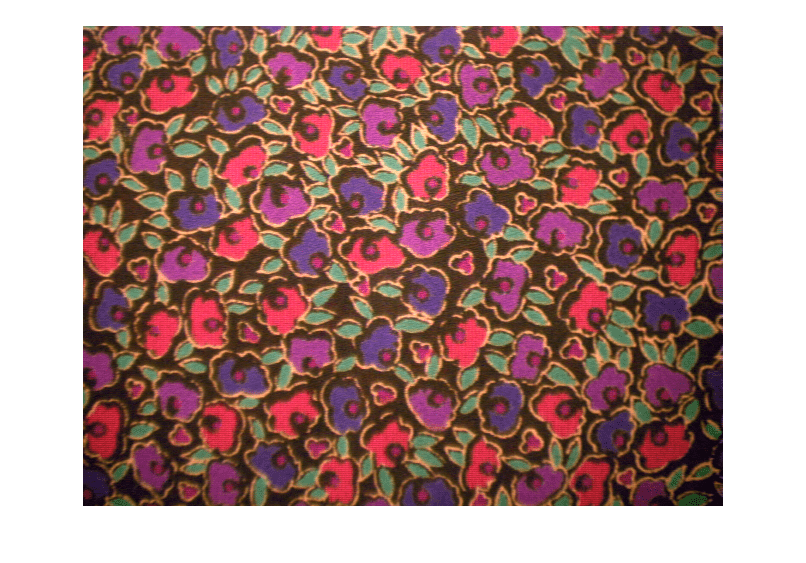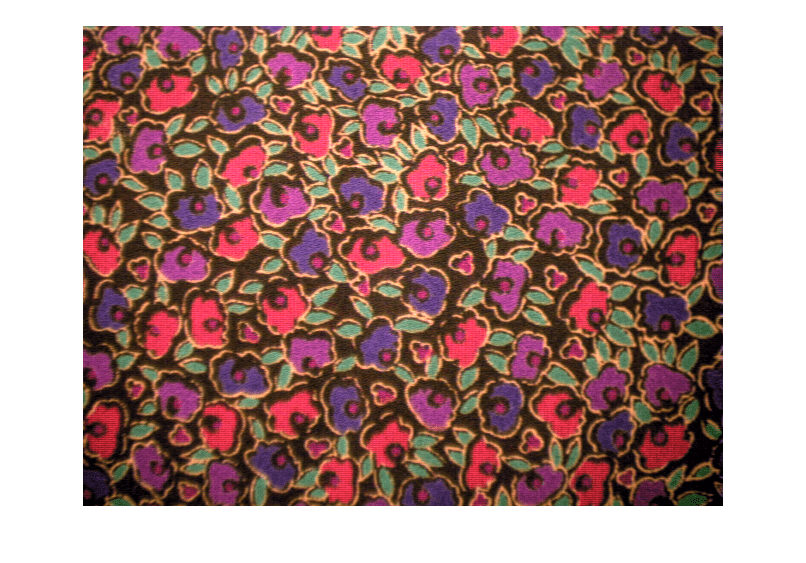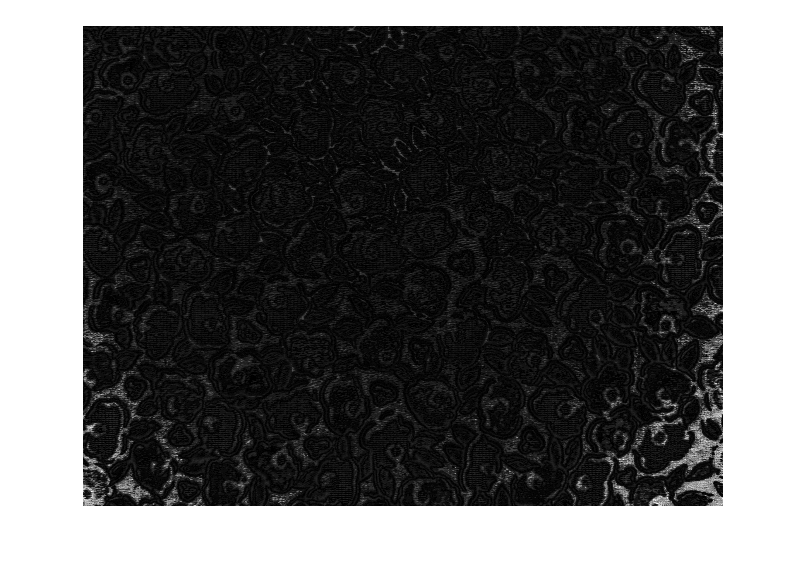imcolordiff
Color difference based on CIE94 or CIE2000 standard
Description
dE = imcolordiff(I1,I2,Name=Value)
Examples
Input Arguments
Name-Value Arguments
Output Arguments
Tips
To calculate color differences following the CIE76 standard, use the
deltaEfunction. This function is faster than theimcolordifffunction, but less precise.Typically, you should keep the default values of the
kL,kC,kH,K1, andK2arguments. The values can change for specific industry groups, such as graphic arts and textiles, based on experimentally validated lighting conditions for that industry.
References
[1] Sharma, Gaurav, Wencheng Wu, and Edul N. Dalal, "The CIEDE2000 Color-Difference Formula: Implementation Notes, Supplementary Test Data, and Mathematical Observations." Color Research and Application 30, no. 1 (February 2005): 21–30. https://doi.org/10.1002/col.20070.
[2] ISO/CIE 11664-6:2014. "Colorimetry — Part 6: CIEDE2000 Colour-difference formula." International Organization for Standardization. URL: https://www.iso.org/standard/63731.html.
[3] CIE 116-1995. "Industrial Colour-Difference Evaluation (E)." International Commission on Illumination (CIE). URL: https://cie.co.at/publications/industrial-colour-difference-evaluation.
